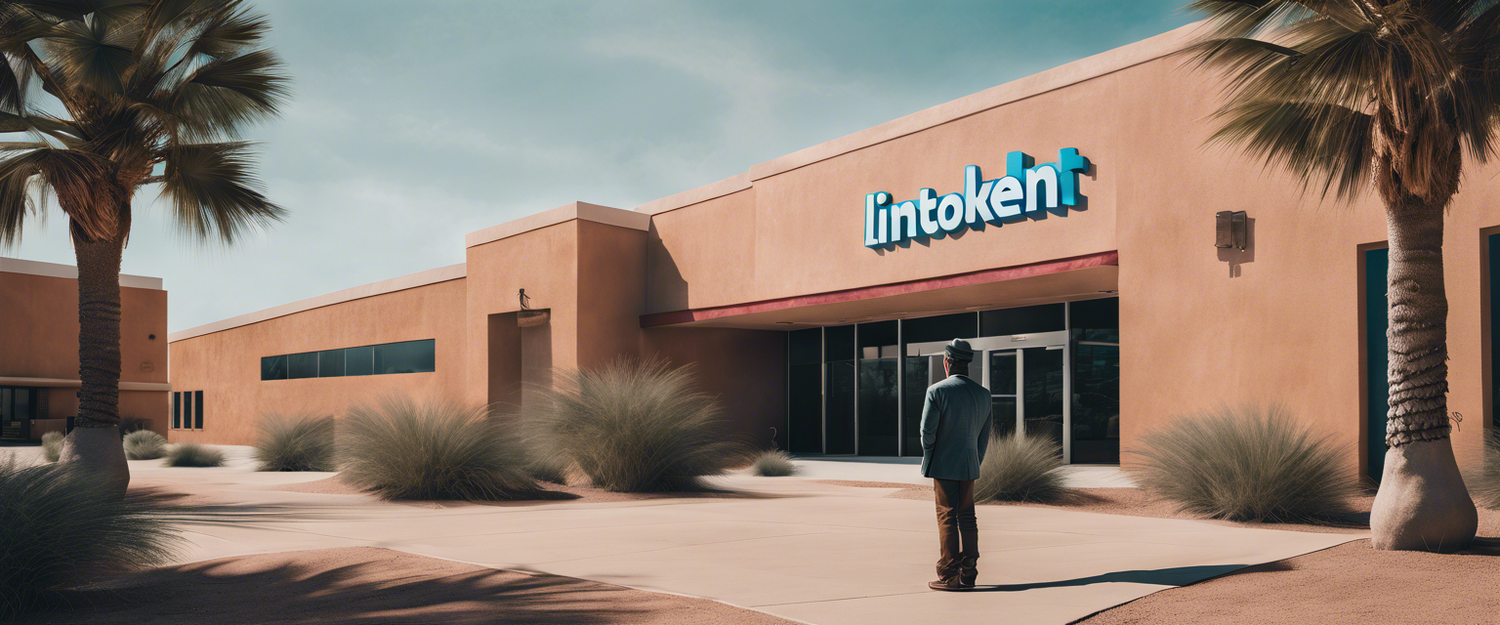What is AutoGPT?
Welcome to the world of AutoGPT, where advanced AI meets practicality. In this guide, we'll introduce you to AutoGPT and elaborate on its functionalities. Whether you are a tech enthusiast looking to simplify complex tasks or just curious about smart solutions, AutoGPT is your AI companion.
If you're eager to dive deeper into the agent's capabilities, check out the comprehensive AutoGPT guide.
How to Install AutoGPT
To embark on your journey with AutoGPT, follow these installation steps:
Requirements
Ensure you have the following prerequisites:
- Environment: You can choose one of the following: VSCode + devcontainer, Docker, or Python 3.10 or later.
- API Key: An OpenAI API key with billing must be set up.
Clone the Repository
If you have Git installed, run the following command to clone the AutoGPT repository:
git clone https://github.com/Significant-Gravitas/Auto-GPT.gitNavigate to the Project Directory
cd Auto-GPTInstall Dependencies
To proceed, install the required dependencies by executing:
pip install -r requirements.txtConfigure AutoGPT
Find the file named .env.template in the main /Auto-GPT folder.
- Create a copy named
.envby removing the template extension. You can use the command: - Open the
.envfile in a text editor and setOPENAI_API_KEYto your OpenAI API Key.
cp .env.template .envUsing AutoGPT with the Correct Prompt for Writing Content
After running AutoGPT, you will see the following prompt in your terminal:
What is the topic and target audience for the content you'd like me to create?For instance, you can prompt AutoGPT with something like:
AI auto-generating content for LinkedInYou need to respond with y for AutoGPT to start generating the content on LinkedIn. Following this, AutoGPT will ask for your authorization to create the file.
Accessing Generated Content
Once content is generated, navigate to the AutoGPT workspace where you can find the markdown file of your content. If desired, you can also instruct AutoGPT to convert it into a PDF file.
Final Steps
Finally, copy and paste the content generated by AutoGPT and post it on your LinkedIn account.
Step 4: Additional Assistance
If you need further assistance or have specific questions related to your project, feel free to ask the AI Agent for coding help by providing clear and concise questions.
That's it! You now have the tools for creating content with AutoGPT!
Conclusion
AutoGPT is a powerful AI tool that streamlines content creation and simplifies your workflow. By following these steps, you can effortlessly generate high-quality content for various platforms.
For any questions or support, don't hesitate to explore further resources and communities dedicated to AutoGPT.



Zostaw komentarz
Wszystkie komentarze są moderowane przed opublikowaniem.
Ta strona jest chroniona przez hCaptcha i obowiązują na niej Polityka prywatności i Warunki korzystania z usługi serwisu hCaptcha.